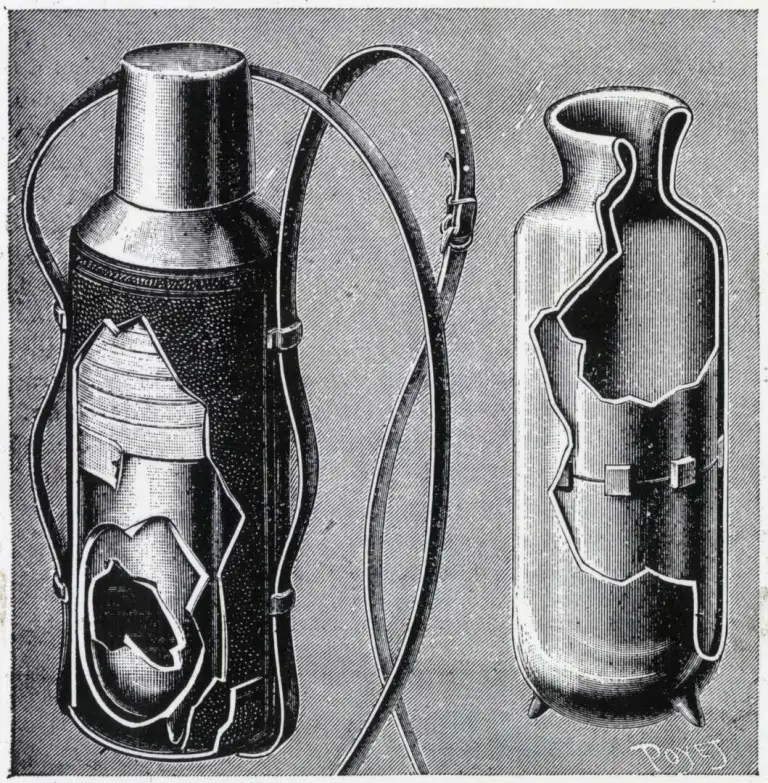I didn’t know what this was. Did you?
Encountering an enigmatic device in an online image left me utterly perplexed. Despite my sincere attempts to unravel its purpose, the mystery endured. If you correctly identified it as an antique vacuum cleaner, you’re spot on! The evolution of vacuum cleaners mirrors impressive advancements in science and technology.
The 1800s witnessed substantial changes in the realm of vacuum cleaners, propelled by a growing societal emphasis on cleanliness and concurrent technological progress. While the contemporary vacuum cleaner had not yet materialized, this era saw significant strides in cleaning tools. Early metal vacuum cleaners, though rudimentary compared to modern counterparts, represented an improvement in home cleaning practices.

Amidst a fervent desire for cleanliness in the 1800s, innovations in household tools emerged, influenced by the technological shifts of the Industrial Revolution. Precursors to vacuum cleaners, utilizing metal components, required manual effort. The ‘Whirlwind,’ patented by Ives W. McGaffey in 1869, featured a hand-crank and bellows for suction, marking a step forward, albeit falling short of the practicality achieved by contemporary electric vacuum cleaners.
In the late 1800s, people started using electricity. Then, in the early 1900s, they made big improvements to vacuum cleaners. Hubert Cecil Booth made the first successful electric vacuum cleaner in 1901. It was a big deal because it used electricity to work and was designed really well. This was a big step forward in making vacuum cleaners better. It’s a cool story about how people kept making vacuum cleaners better and better because they wanted to keep things clean.









